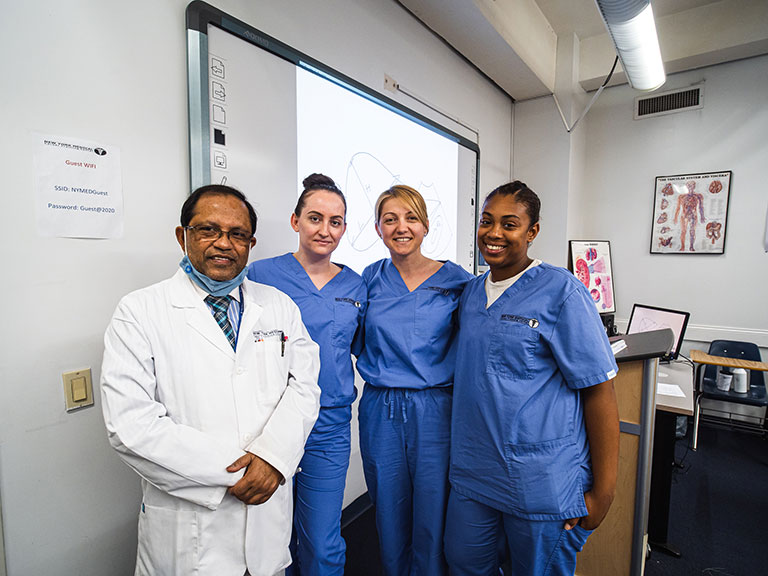
For more information about financial aid requirements, feel free to contact the school.
Download Brochure
| Total Program Hours | Externship Hours | Class Hours |
|---|---|---|
| 900 | 300 | 600 |
(Mon - Fri 5:30pm to 9:30pm, 30 weeks = 7.5 months)
600 hours of classes, student must complete 300hrs of internship to make a total of 900 hours
Employment projections data for medical assistants, 2021-31
Note: All Occupations includes all occupations in the U.S. Economy. Source: U.S. Bureau of Labor Statistics, Employment Projections program
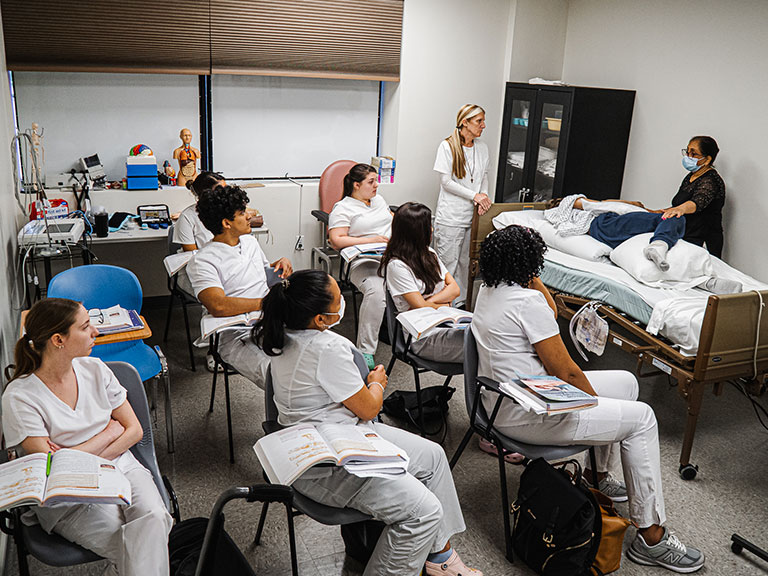
The course concentrates on the proper techniques of blood drawing. It also demonstrates the various methods utilized for blood drawing such as butterfly syringe, needle syringe, and evacuated tube system.
The course also consists of describing the terminology used to order laboratory tests and identifying and labeling the parts of the laboratory equipments. The course will teach proper methods of applying gloves, gowns and masks for laboratory procedures.
Each student will have the opportunity to practice their phlebotomy skills on mannequin arms and most importantly the students will have an opportunity to practice their technique under the supervision of their instructor.
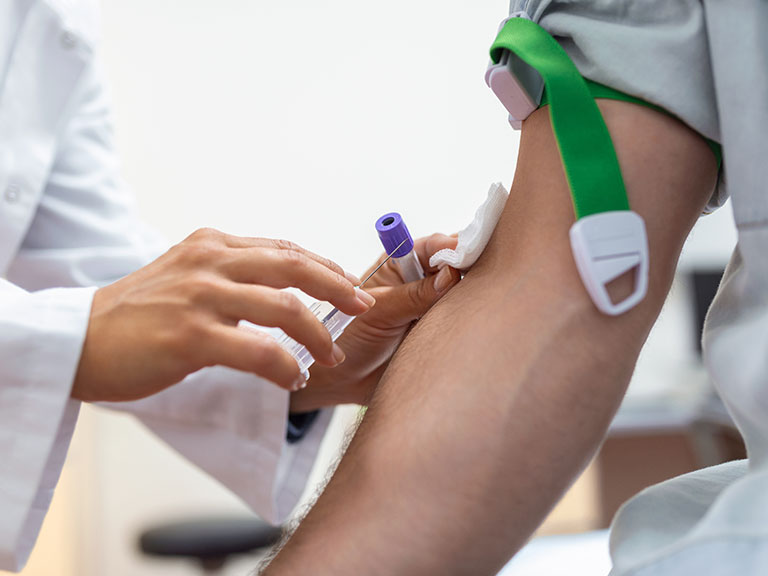
The course concentrates on the proper techniques of blood drawing. It also demonstrates the various methods utilized for blood drawing such as butterfly syringe, needle syringe, and evacuated tube system.
The course also consists of describing the terminology used to order laboratory tests and identifying and labeling the parts of the laboratory equipments. The course will teach proper methods of applying gloves, gowns and masks for laboratory procedures.
Each student will have the opportunity to practice their phlebotomy skills on mannequin arms and most importantly the students will have an opportunity to practice their technique under the supervision of their instructor.
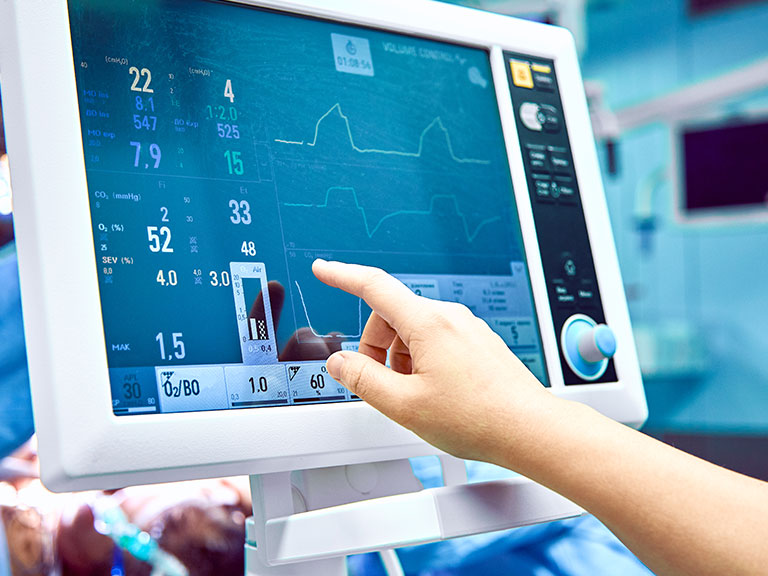
The course begins with a basic description of the major internal and external structures of the heart. It will also describe the major functions of the cardiovascular system, major blood supply of the heart, and electrical conduction pathway of the heart.
The instructor will explain the reasons for performing an EKG and also demonstrate the proper method for obtaining a standard EKG rhythm strip. All students will have the opportunity to practice their EKG techniques utilizing a computer based 12 Lead EKG as well as utilizing a 12 Lead EKG machine.
It will also emphasize on interpretation of various rhythm abnormalities from EKG strips. The course will describe in detail the EKG characteristics of sinus rhythms, atrial rhythms, ventricular rhythms, atrioventricular blocks, and pacemaker rhythms. The course will teach on how to handle and resolve troubleshooting problems that arise when obtaining an EKG reading.
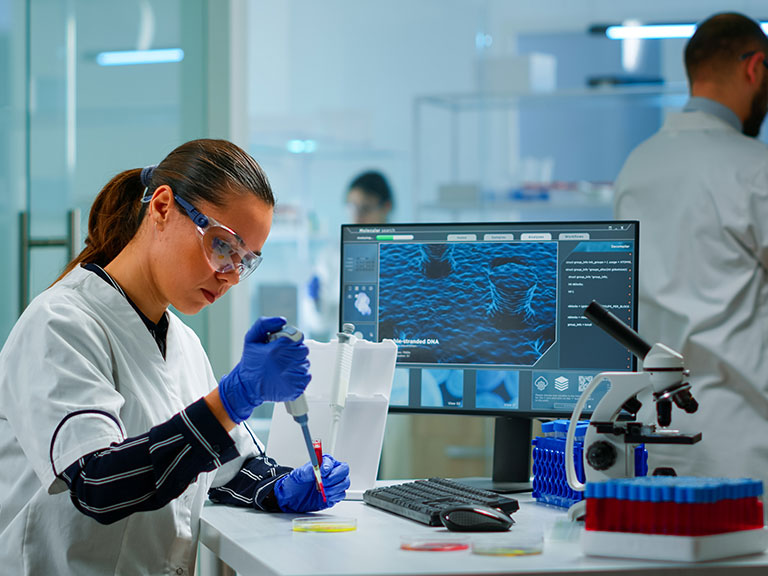
The course instructs and demonstrates the proper techniques of various laboratory procedures. The course teaches the basic guidelines for lab safety procedures and the use of personal protective equipments such as hand washing and sterilization of instruments.
The course will explain and demonstrate the proper techniques used for examination of each body systems. Examinations includes proper eye examination utilizing Snellen's and Jaeger charts, ear examination with audiometer, blood withdrawal for glucose level with a sterile lancet, and application of dressing and bandages.The course will also teach in the proper techniques of taking vital signs which includes taking various types of body temperatures, measuring of weight and height, measuring blood pressure with sphygmomanometer, taking respiration and pulse rate, and measuring oxygen saturation with a pulse oximetry.
In addition, the course also instructs the proper techniques to obtain urine specimen, use of Reagent strips, perform a specific gravity test, perform a pregnancy test and prepare urine specimen for microscopic examination. The course will describe in detail the purpose and various methods to obtain a fecal occult blood test, Pap smear, hemoglobinometer, and Accu chek advantage glucose meter.
The course will demonstrate the purpose and the proper use of spirometry test and intradermal skin test. The course will review all the universal signs and standard precautions in regard to human blood and body fluids and also discuss the purpose of the regulatory bodies (OSHA, CLIA) regarding disease transmission. The course will teach the proper preparation methods for a treatment room and a minor surgical tray when assisting the physician.

Student's get and overview of medical insurance learn coding procedures, and insurance billing procedures. Students learn through computerized billing simulations how to create, save, retrieve, edit, and maintain patient files.
In addition, post payments to patient accounts, produce insurance claim forms, correct and resubmit rejected claims, produce insurance claim activity reports and enter electronic claims.
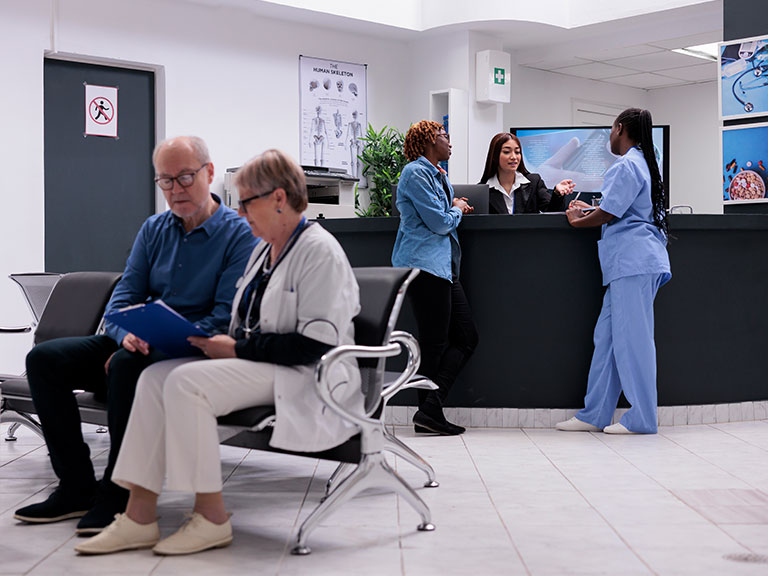
Students learn to identify essential elements of medical office environments. Students learn to apply rules of medical record coding systems, creating and using a word processing document, type data into a computer, identify various methods for determining patient fees, complete a written itemized billing statement. Student learns to use different Office Equipment like Computers, Fax Machine, and Adding Machines etc.
Students learn to use computer programs like Microsoft Word and Excel. Students will learn to make appointments and reminders, entering and storing diagnosis codes and filing information.
(Mon - Fri 5:30pm to 9:30pm, 30 weeks = 7.5 months)
600 hours of classes, student must complete 300hrs of internship to make a total of 900 hours
A medical assistant is responsible for performing both administrative and clinical tasks. Their primary duties may include the following-
A candidate should have passed at least a high school diploma or GED. Higher education may be a plus point. Most employers hire potential candidates who have completed the medical assistant training programs from an accredited institute. If you wish to become a medical assistant, consider enrolling in our 900 hours medical assistant training program.
A medical assistant can work in the following areas.
No. Once you get the job, you must pass your National/State Certification within 18 months as required and mandated by CMS (Center for Medicare and Medicaid Service).
Yes, We do offer financial assistance to those who qualify.
Yes, we do provide job placement assistance to our graduates. Upon completion of the program, our career counselor will guide you through your placement process. We have a 92% placement rate for our Medical assistant program.
© Copyright 2024 New York Medical Career Training Center | Website Developed By StackBlue.com | Privacy Policy
